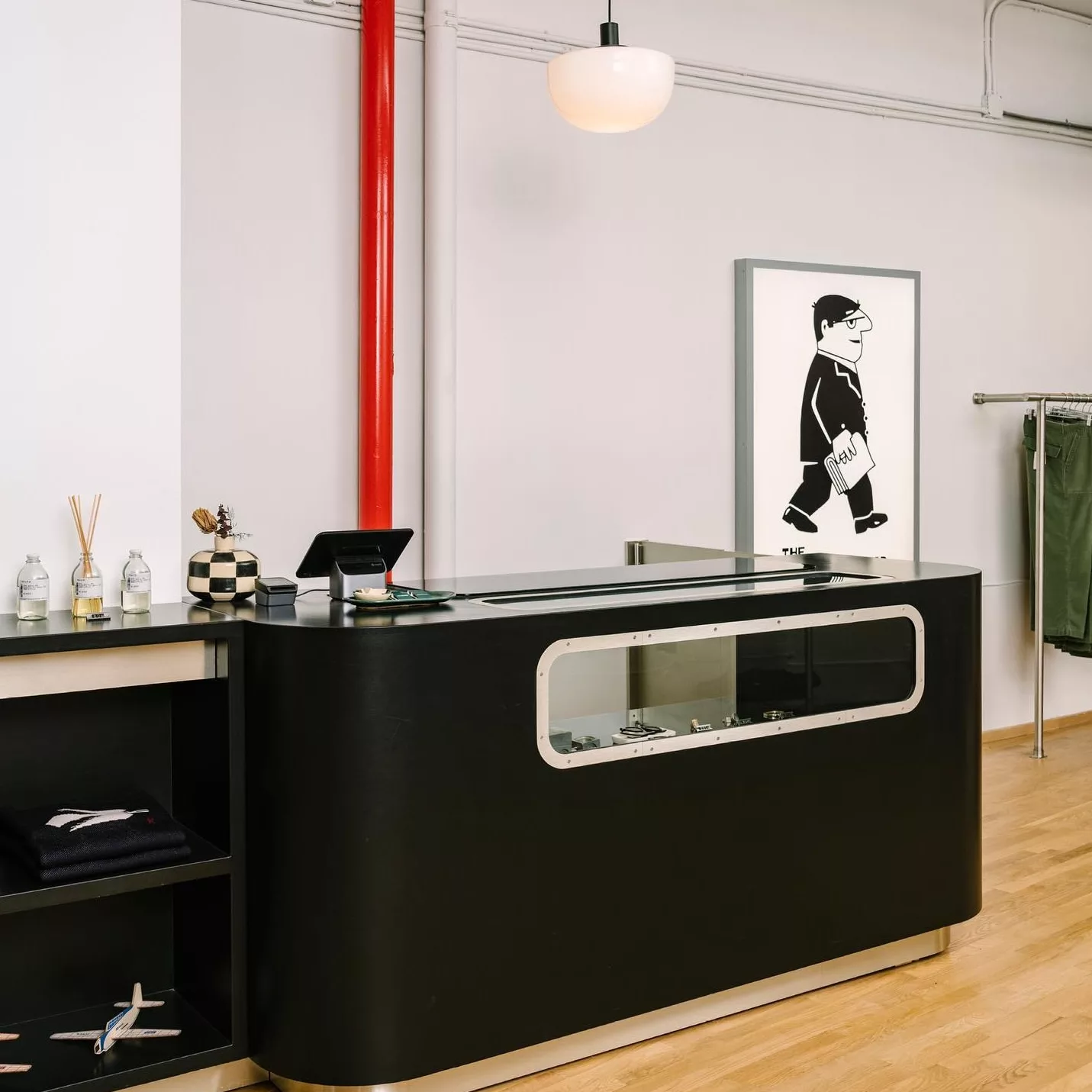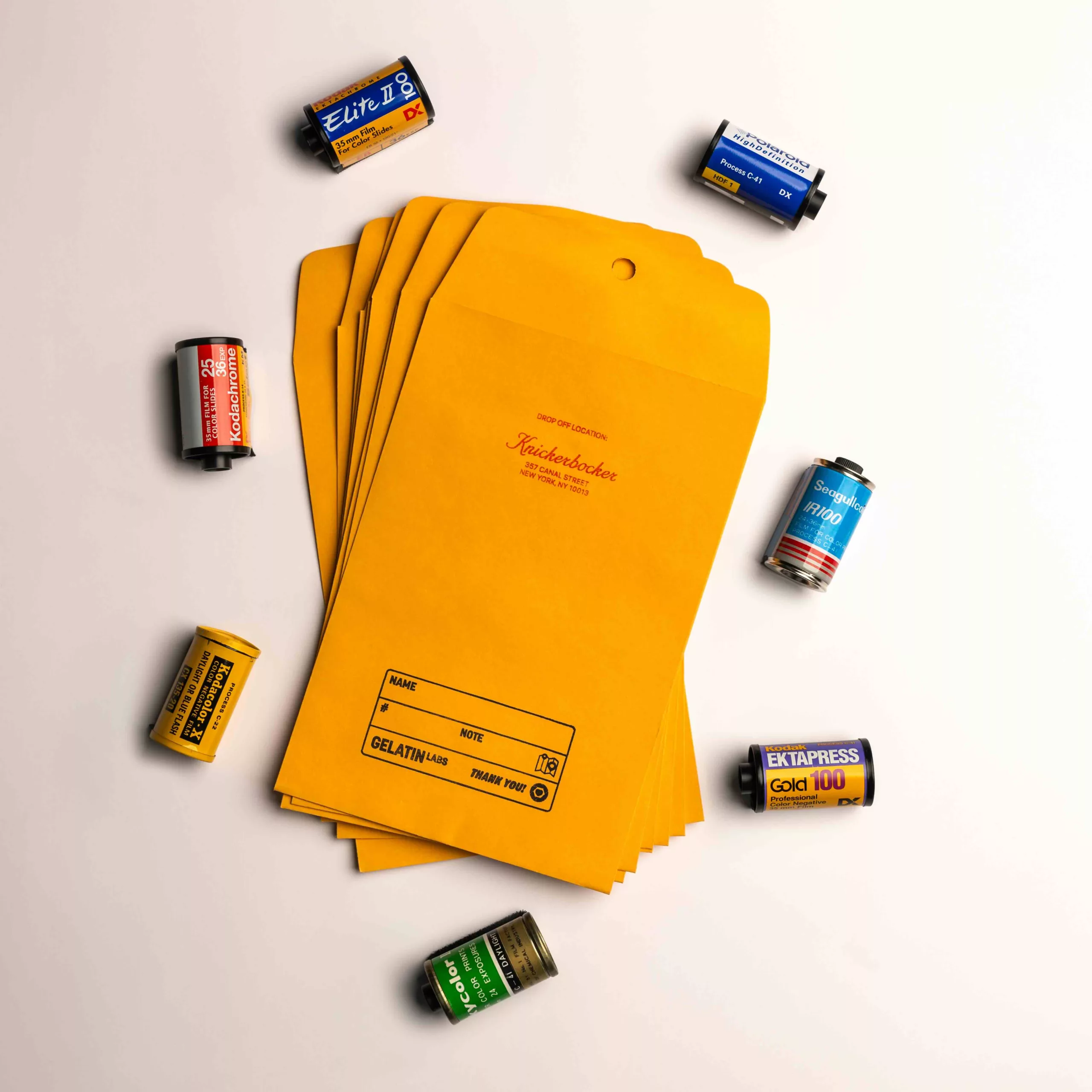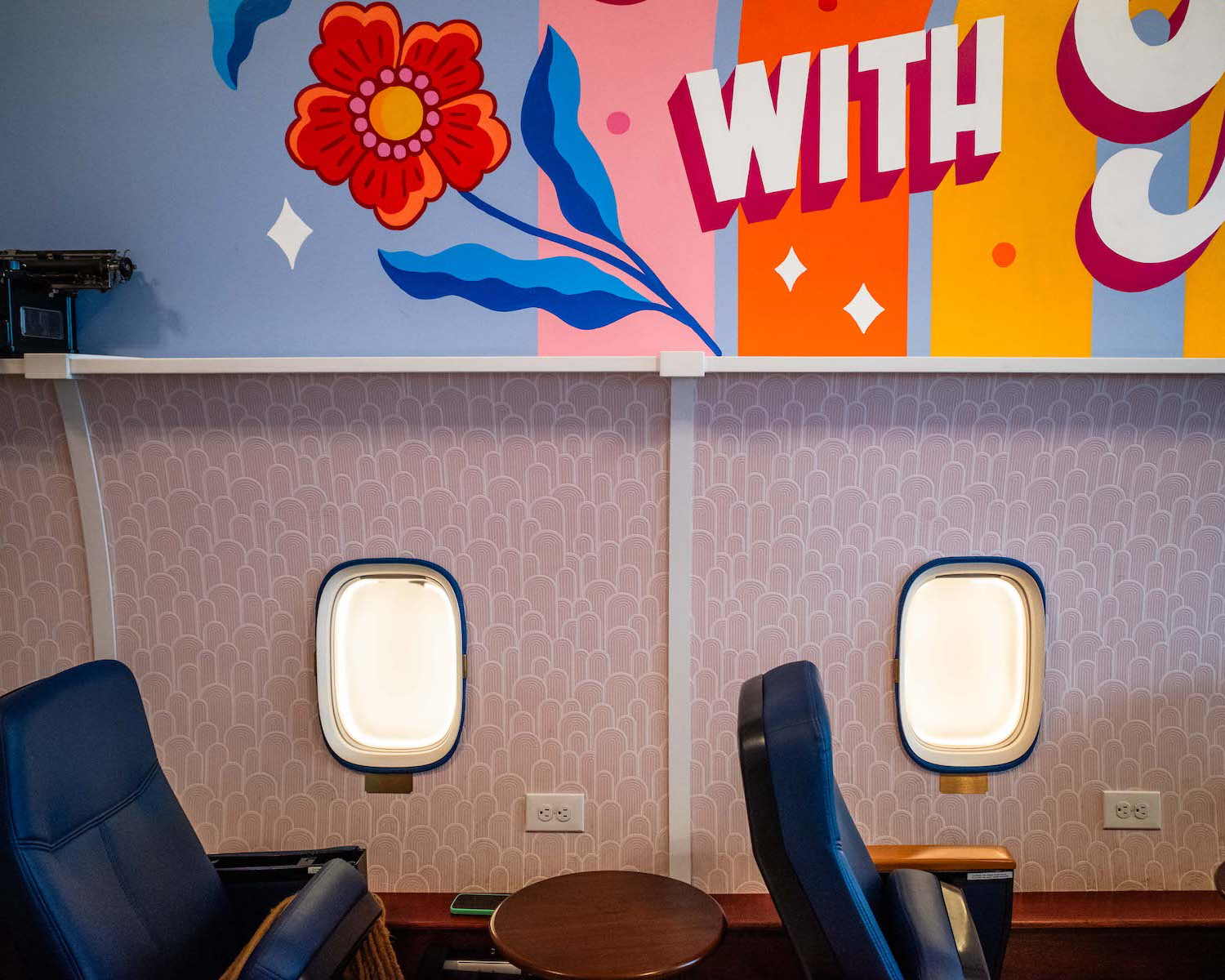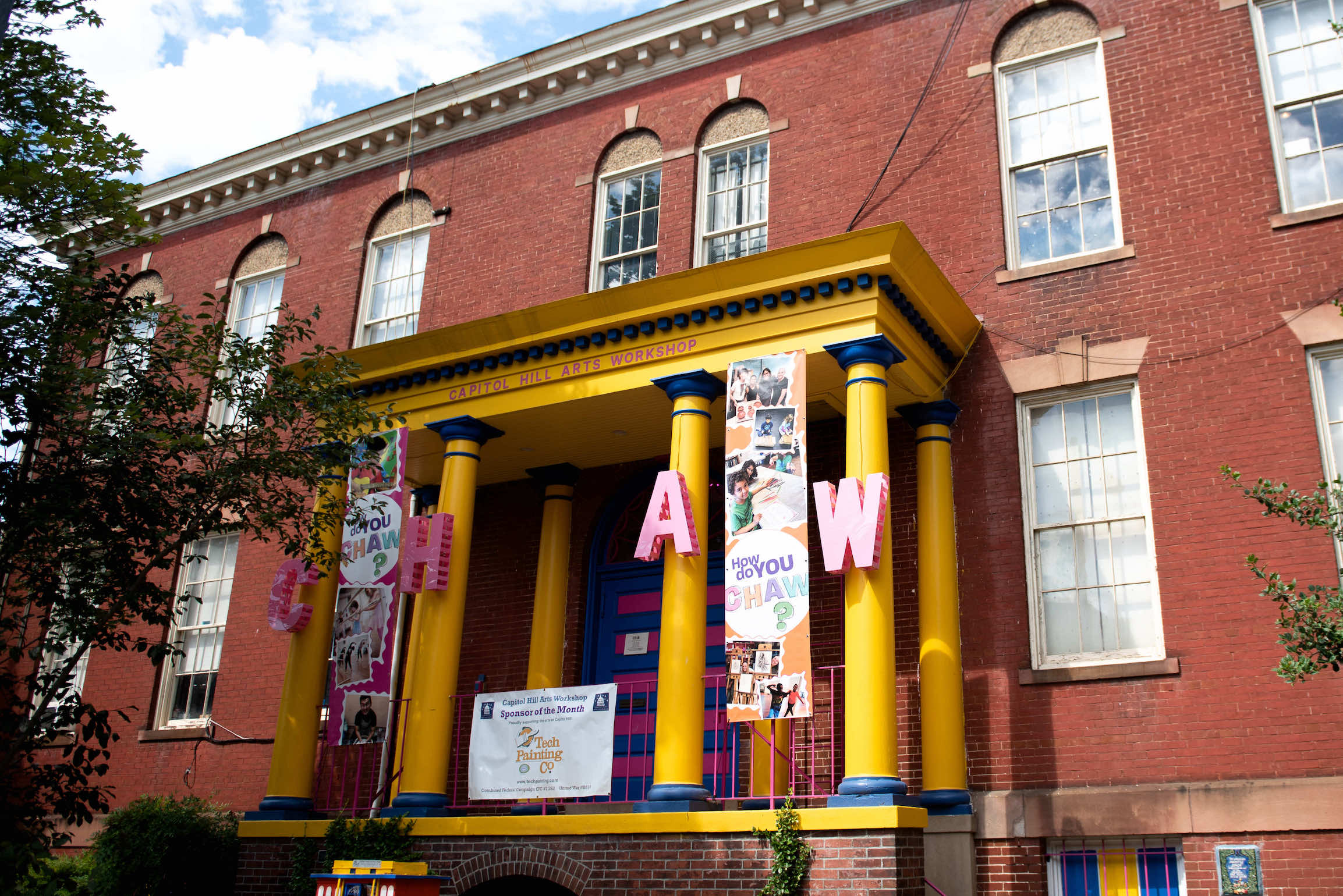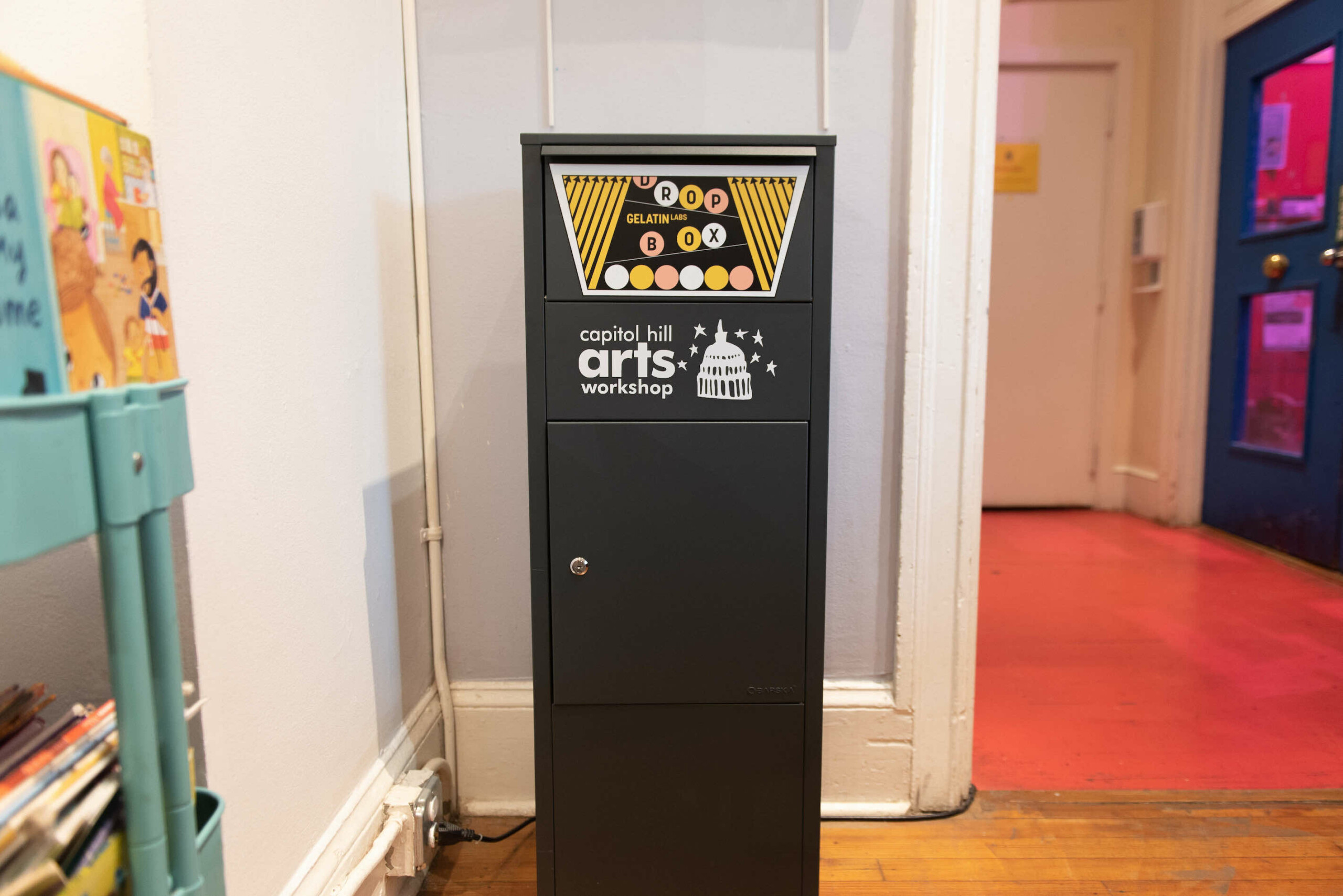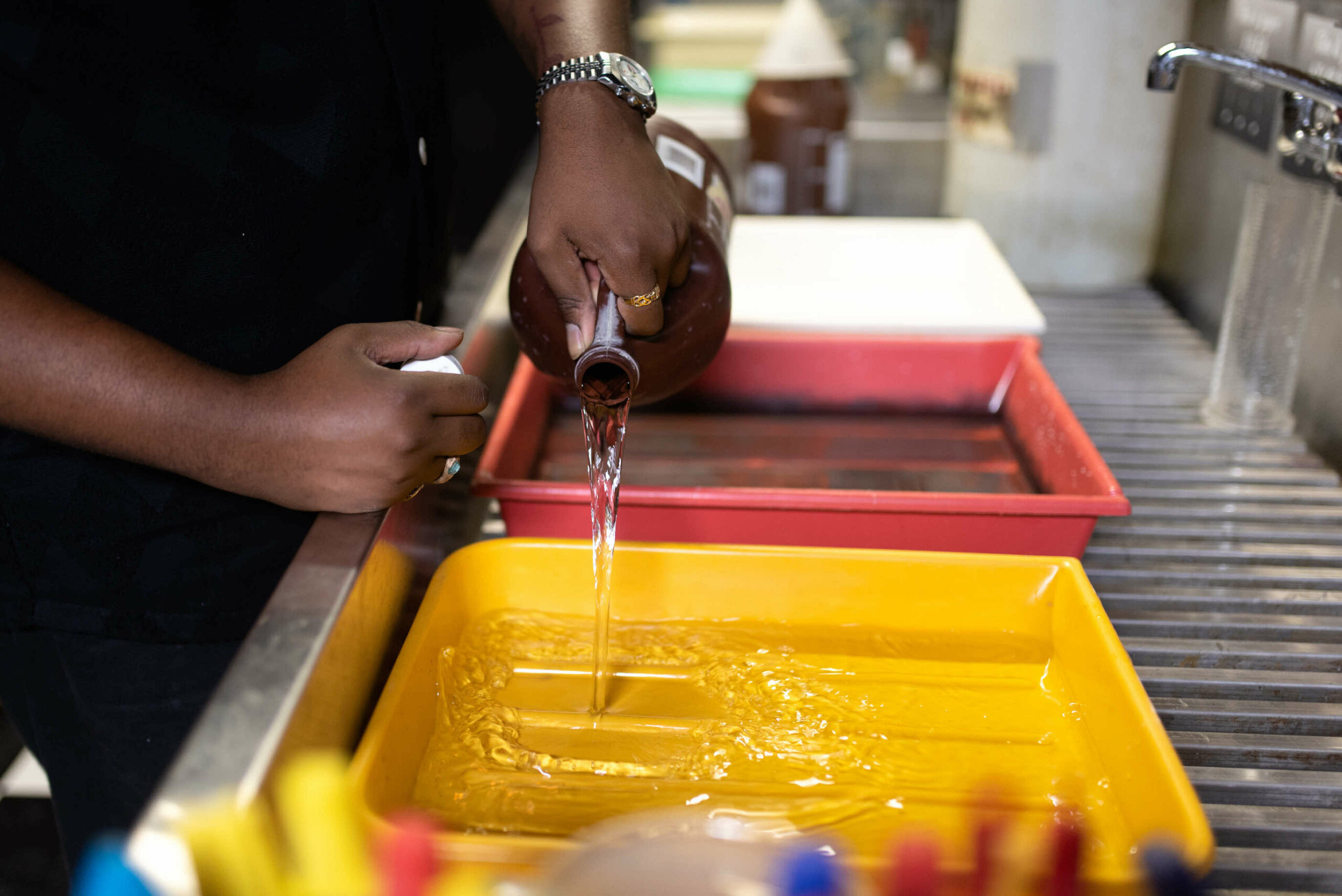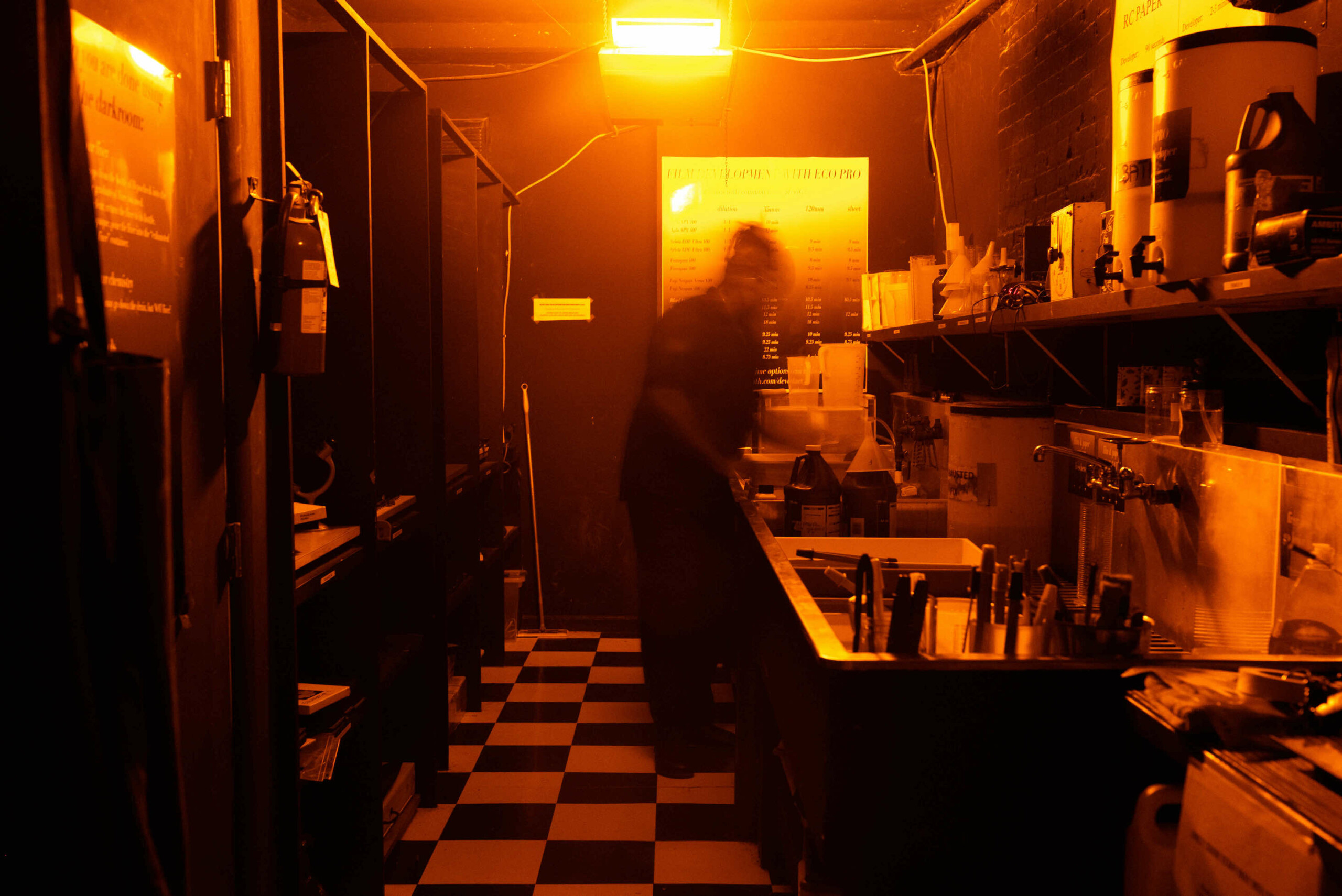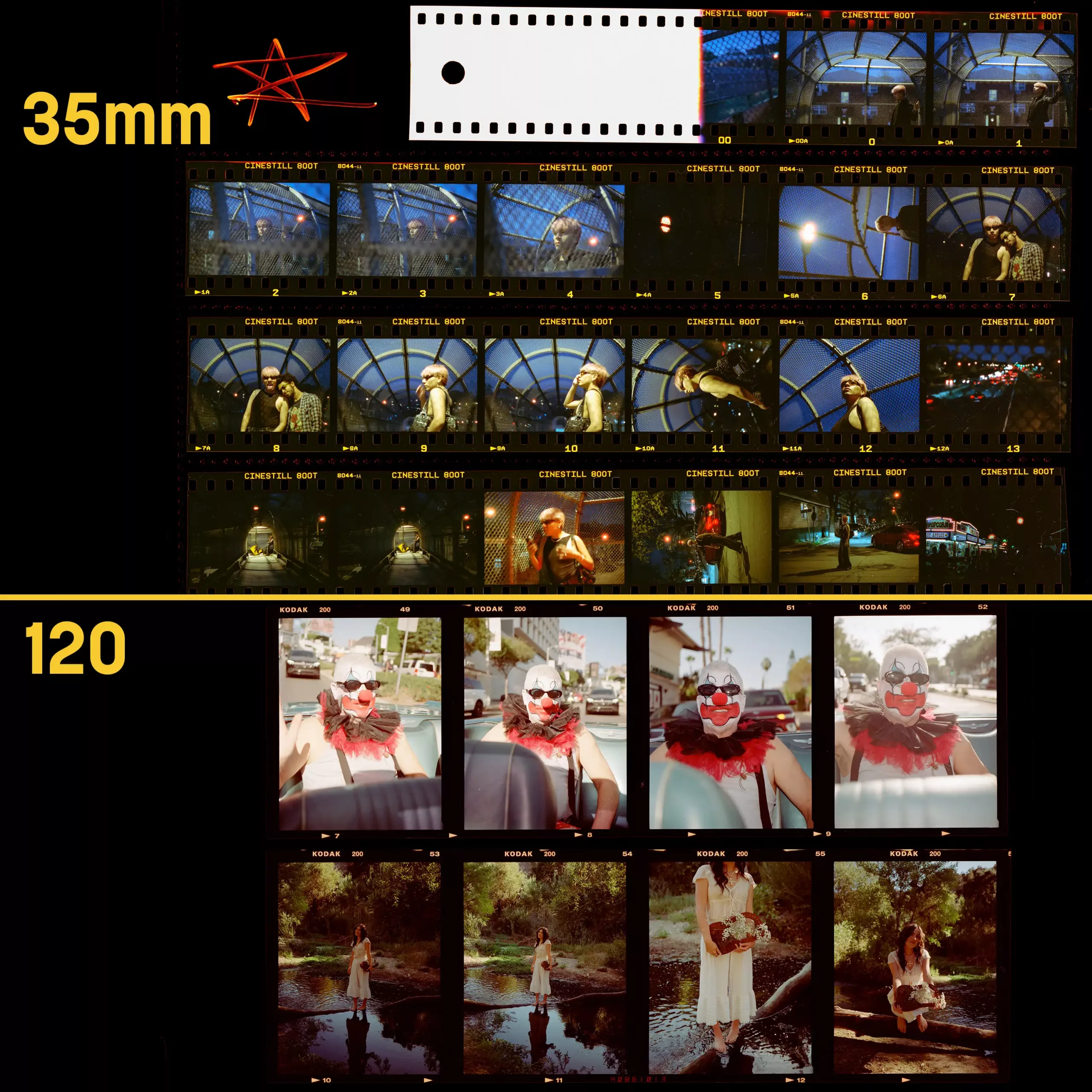There are three key steps involved in photography and photo development: exposing the film to light, photo developing NYC the image and printing the photograph. While there are other types of photo films, such as Polaroid movies and slides and more, such as movies and digital photos, In the following article we will describe the general process of photo developing NYC film images ( classic ) 35 mm in size for photo prints.
Developing images in the past
In the past, to develop a film, a dark room with a kind of tub with chemicals loaded with chemicals was needed, where the images were soaked and manually moved. The dark room is required because the photography films are very sensitive to light, but at the end of the development process, much more durable images are obtained. Every amateur photographer almost finds himself cuddling on nostalgia and dreaming of manual development work, in which this moment is slowly revealed by the click of a button and becomes a real picture. But today, things work completely differently.
And how do you develop images today?
Today’s image development is done as everything is done today – fast, instant and without too many fusses. Most photography stores use special machines called minilab, and not for – any such machine is actually a miniature photography lab, which performs the whole process that used to be manual.
Exposure
Once the movie is loaded into the camera it is ready to be exposed. The camera optics focus the image through the lens. The camera controls light by combining the size of the opening in the lens ( aperture ) and the length of time the aperture remains open ( shutter speed ). A wide range of exposure effects can be achieved by changing these two factors. The image created is negative, which means it is contrary to the way it looks, the eye. In other words, the areas that light touched are dark and the unexposed areas look bright if you look at the film.
Development
After shooting and exposure, the photographer usually hands the camera or film for development. However, there are special Polaroid cameras that use a special self-development film. This step produces a negative image, which can be used to print a final image. When removing the film from the camera and removing it from its protective tank, caution should be exercised as the unexposed areas are still light sensitive. The film is treated in special dark rooms, which are illuminated with a safe red light that does not affect the images. As soon as he enters the darkroom, the film is stored in a plastic container to protect it from minor and physical damage.
The film can then be immersed in a container containing a solution of chemicals. This solution causes the response of the light-exposed areas to enhance the light formalities of the image. This process produces variable results depending on the type and temperature of the chemical, and the original level of exposure to light. After completing this step, pour the solution and add to the liquid drying treatment tank consisting of diluted acetic acid to prevent damage to the images. Once the development is complete, a fix can be added to the image lock. The finished film can be washed. Then the fresh negatives hang to dry.
Printing
Printing is a final image production process. If photography is the art of photography, printing is the science of creating a picture. Printing requires light paper, negative paper and print paper and the appropriate equipment, the images come out of the machine ready after printing. The print may be installed on cardboard or other material depending on your choice.





